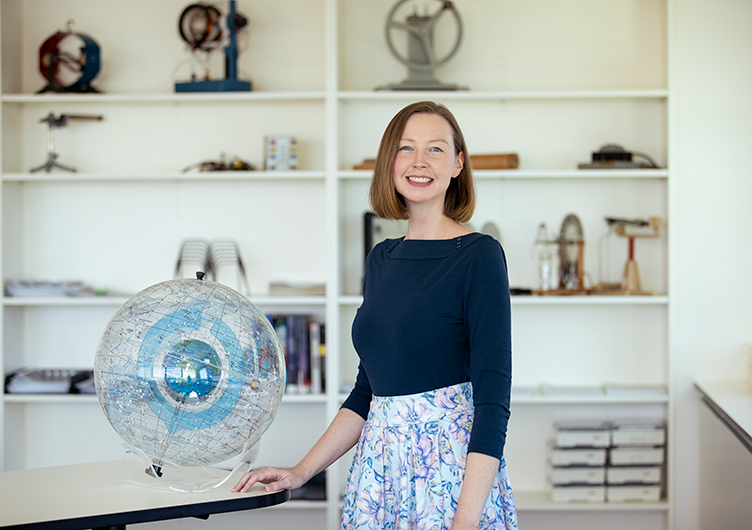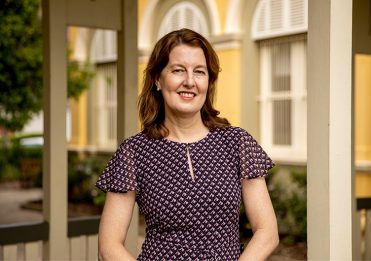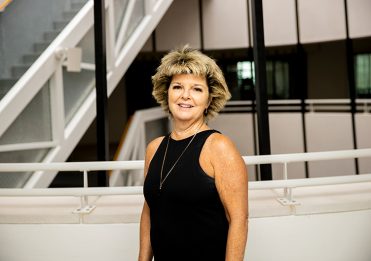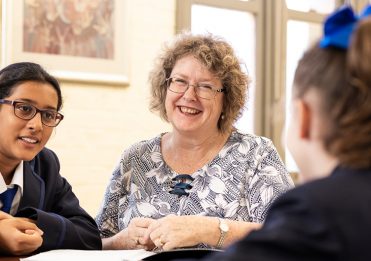
I grew up in a tiny town in Illinois and went to a tiny school, but I was lucky to have two incredible teachers who really expanded my world and love of science. I remember learning about evolution and genetics and just thinking it was the most interesting thing I had ever heard in my life—I knew in that moment I was going to enter a field in science. Halfway through my senior year, I decided I would study Physics at University.
I attended graduate school at the University of Michigan for Materials Science and Engineering. During a vacation in Ireland, I met a man from Brisbane, fell in love and we decided to move here together. We have been here ever since. I wasn’t sure what I wanted to do with my education, so I successfully applied for a job as a Physics lab technician at BGGS. After working for two years in that role, and drawing so much joy from it, I decided to return to study, so that I could pursue a career as a teacher. After completing my teaching diploma at the Queensland University of Technology, I returned to Girls Grammar as a Physics Teacher.
My current role is as Head of Curriculum Development for Science, which involves overseeing how all our Science units—especially the transition from junior to senior subjects—fit together to ensure there is clear progression. Science at our School is incredibly strong; we have more than 90 per cent of senior students choosing at least one Science subject, which is fabulous.
I also oversee the Dorothy Hill Observatory and the use of telescopes in our classroom environment. It is hard to collect data to determine if we are the first school in Australia to introduce this, but certainly, most schools relegate telescope use to co-curricular activities only, whereas at BGGS, we really embed it into the curriculum.
We also have the Student-Teacher Astronomy Research Symposium (STARS) Club for senior girls, where the students have the unique opportunity of having their astronomy research findings published. The girls participate in a Double Stars project, within which they photograph two stars together, measure how far apart they are, and then compare their data to that of other researchers to determine whether they are orbiting around each other. If the stars are orbiting around each other, then we know that not only are they close together in the sky, but they are also close together in space, and could also be gravitationally bound, so our students’ work is of interest in the wider astronomy community.
The goal is to publish in the Journal of Double Star Observations, and we are really excited because this year we have three Year 12 girls that are very, very close to submitting our first student research paper that uses data from the Dorothy Hill Observatory.
The best part of my job is working with the girls. They teach me so much every day and you can always learn something new from them. Teaching is a very enriching profession, and it is truly a joy to teach girls about the topics I am so passionate about—I hope my enthusiasm translates to enthusiasm in my students.
I am very excited to head back to the US this month for the Robotic Telescopes, Student Research and Education Conference (RTRSE) in Santa Barbara, California where I am presenting. I will have the chance to tell like-minded people about the wonderful work we are doing at our School, and why we are so unique.




